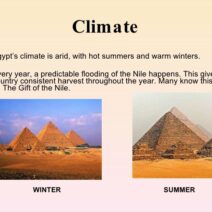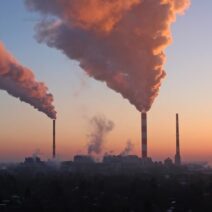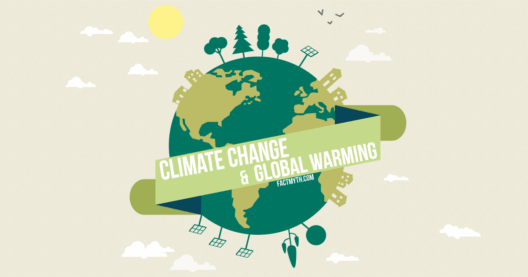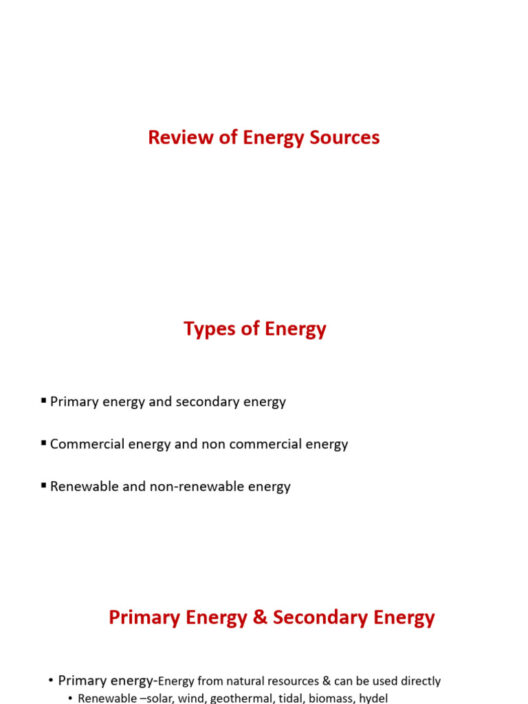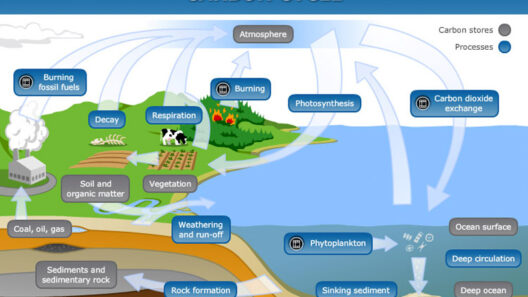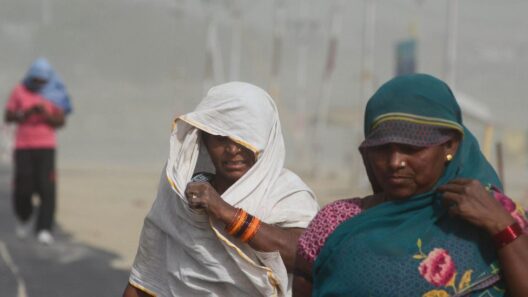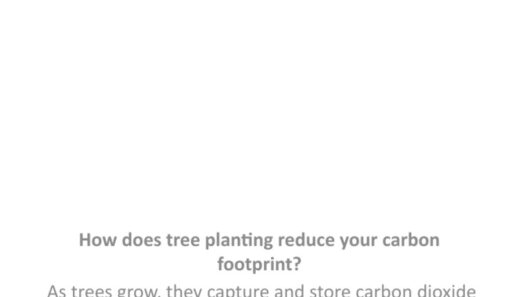The phenomenon of global warming transcends mere numbers on a graph; it’s an intricate narrative of a planet in distress. Scholars, activists, and concerned citizens alike have observed a staggering acceleration in climate change over the past century. But what if we could visualize the last hundred years of global warming in just 35 seconds? How would it feel to watch the collapse of our climate unfold before our very eyes, almost like the rapid montage of a dystopian film? This raises a provocative question: Are we, as custodians of this Earth, prepared to confront the ramifications of our actions and inaction?
The visualization of a century of global warming manipulated into a mere 35 seconds offers an enlightening perspective. Imagine a timeline where each second compresses a decade of carbon emissions, extreme weather events, and melting glaciers. The acceleration of temperature rise, from a modest increase at the turn of the 20th century to a rapid escalation in recent years, creates a sense of urgency. The brief interlude compels us to acknowledge the stark reality: the climate crisis is not an abstract future prediction but a present-day challenge we cannot afford to minimize.
One must grapple with the notion that climate change is a multifaceted issue influenced by myriad factors. The carbon dioxide levels in the atmosphere have surged by over 40% since the pre-industrial era, driven primarily by fossil fuel combustion and deforestation. This phenomenon results in the greenhouse effect, leading to rising temperatures, altered precipitation patterns, and increasingly severe weather events. In those 35 seconds, viewers would witness devastating storms, droughts that parched once-fertile lands, and wildfires that vanquish biodiversity. It’s jarring, innately disturbing.
Yet, the visual representation also begs the question: What roles do individuals and communities play in this grand narrative? The challenge lies in understanding the interconnectedness of our actions. The choices made in daily life—such as energy consumption, transportation methods, and dietary patterns—contribute significantly to our carbon footprint. Each viewer must consider, “What can I change in my life to protect the planet?”
A playful approach may present itself in the form of a challenge: the 30-day carbon-reducing commitment. Imagine a community collectively deciding to adopt new habits—such as going meatless one day a week, reducing single-use plastics, or carpooling whenever possible. The cumulative observed difference over weeks and months could indeed reflect a reduction in carbon emissions, transforming the “collapse” of climate into the “collective rise” of awareness and action.
One profound implication of global warming is its disproportionate impact on vulnerable populations, particularly in developing countries. This inequity exemplifies how climate change exacerbates existing socio-economic disparities. As floods ravage low-lying coastal regions and droughts devastate harvests, marginalized communities bear the brunt of a crisis they often did not contribute to. The 35-second visualization should evoke a sense of justice; it must galvanize empathy and solidarity. How do we, as a global community, ensure that strategies for climate adaptation and mitigation center around those most affected?
The urgency of the climate crisis extends beyond humanitarian perspectives. Ecosystems—the intricate web of life that supports human existence—are in jeopardy. The 35-second clip might depict the grim reality of disappearing wildlife and vanishing habitats. Coral reefs, for instance, are vital to marine biodiversity, yet they are succumbing to bleaching exacerbated by increasing sea temperatures. Here emerges a challenge for conservationists: How can we foster resilience in ecosystems while rebuilding trust with local communities? This collective framing will be crucial in navigating the path forward.
The narrative of global warming is a clarion call for innovation in policy-making, business practices, and education. Creatively envisioning a future devoid of fossil fuels is a pressing endeavor. Renewable energy sources, such as solar, wind, and hydroelectric power, should be at the forefront of strategic planning. The 35-second depiction could symbolize a transition, spurred by the urgency of climate action. Within this context, the question arises: What technological advancements or infrastructural shifts can propel us toward a sustainable future effectively?
Moreover, education plays a pivotal role in equipping future generations with the knowledge necessary to combat climate change. It is imperative that environmental education be embedded into curricula from an early age. As society evolves, individuals must emerge as informed stewards of the planet, engaged in policy discourse and advocating for substantial reforms. With every young mind educated in climate science, the chances of reversing the tide improve exponentially. What imaginative and engaging methods can educators implement to inspire passionate activism among youths?
Ultimately, the visualization presents a stark timeline that mirrors reality. It compels the viewer to reckon with both the devastating impacts of climate change and the wealth of opportunities for transformative change. Engaging in spirited discussions and fostering innovative strategies can propel society towards a more sustainable trajectory. This is not merely an ecological dilemma; it is an existential challenge demanding comprehensive solutions.
In essence, witnessing a century’s worth of climate data distilled into mere seconds serves as a microcosm of our planetary dilemma. It communicates urgency and accountability. The question lingers: Are we willing to rise to the occasion, embrace the challenge, and alter the course of history for the betterment of our planet? The time to act is now, for action today shapes the world of tomorrow.

